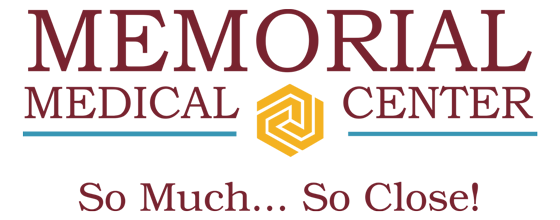Everything you need to know about RSV (Respiratory Syncytial Virus)
On November 14, 2022 Governor Kate Brown declared a state of emergency due to surge in pediatric respiratory infections. The spread of respiratory viruses in children, including RSV, and the related strain on hospital capacity, has created a threat to public health and safety.
Since the onset of Oregon's RSV season on October 29, the pediatric hospitalization rate has more than tripled to 7.6 hospitalizations per 100,000 children. The governor thinks it is likely that the recorded peak weekly hospitalization rate of 9.5/100,000 will be exceeded.
What is RSV?
RSV is a highly contagious virus that can lead to respiratory illness in babies, including lung infections such as bronchiolitis and pneumonia. RSV infections can go from mild symptoms to hospitalization in less than a week. Mild symptoms may include a runny nose, sneezing, and coughing, while severe symptoms can include wheezing and difficulty breathing.Fast Facts
1. RSV is most common during the winter virus season (November - March) but can vary by local areas.2. RSV spreads when droplets from a cough, sneeze, or infected surface get inside the eyes, nose, or mouth.
3. 2 out of 3 babies will get RSV by age 1.
4. RSV can go from cold-like symptoms to hospitalization in less than a week.
5. Though hospitalization happens in only 1-2% of RSV cases, it's not predictable which baby will be hospitalized.
6. Babies are 16x more likely to be hospitalized with RSV than with the flu.
RSV Signs and Symptoms
RSV can often mimic a cold or the flu. But as the infection becomes more severe so do the symptoms. Keep a close eye on your baby if you notice any of the following:●coughing
●sneezing
●runny nose
●fever
●wheezing
●congestion
●decreased appetite.
In babies under 6 months, the only RSV symptoms they may show are irritability, decreased activity, decreased appetite, and difficulty breathing.
When to Contact a Doctor
If you notice any of the following in your baby, contact their doctor right away:●Short, shallow, and abnormally fast breathing - look for chest wall retractions (a "caving in" of the chest in between and under the ribs)
●Your baby has a wheezing cough
●Nasal flaring - when your baby's nostrils spread out with every breath
●Your baby has poor feeding
●Your baby is unusually tired or has a blue tint to their lips or fingernails
●Your baby has a fever - 100.4 F / 38 C or higher for a baby younger than 3 months. 102.2 F / 39 C or higher for a baby older than 3 months
